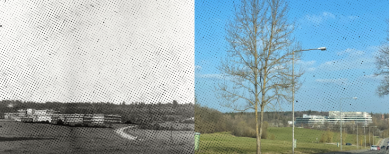From metals research to materials research
The development of ceramics research during the 1980s shifts the research field of the Max Planck Institute for Metals Research in the direction of materials science. Multidisciplinary cooperation and international orientation become increasingly important. Following the fall of the Berlin Wall in 1989, 1990 marks the appointment of a metal researcher as the first External Scientific Member from the new federal states.
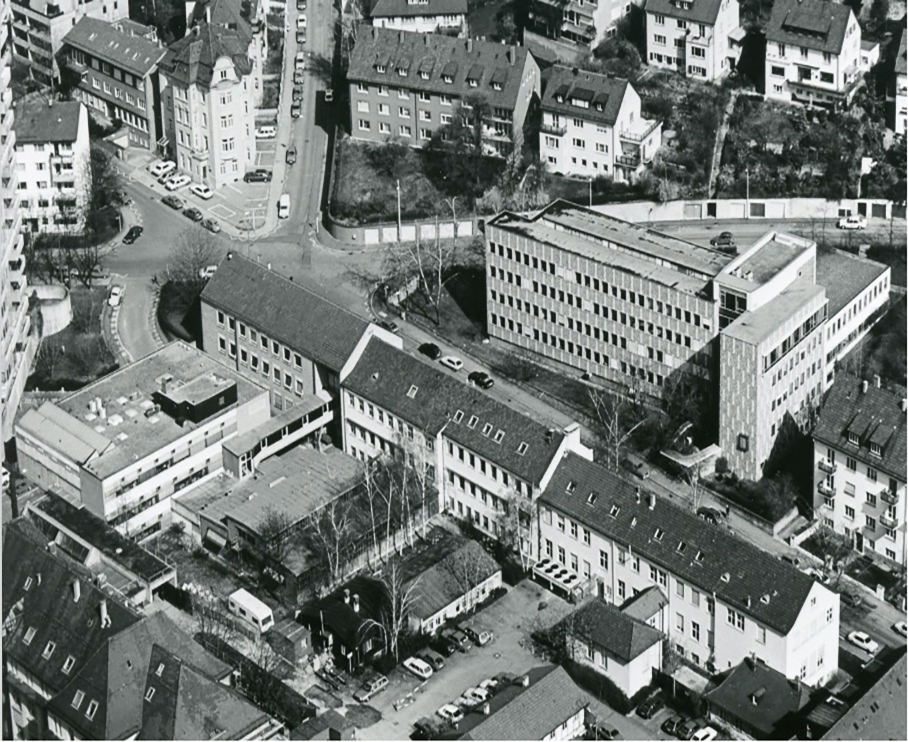
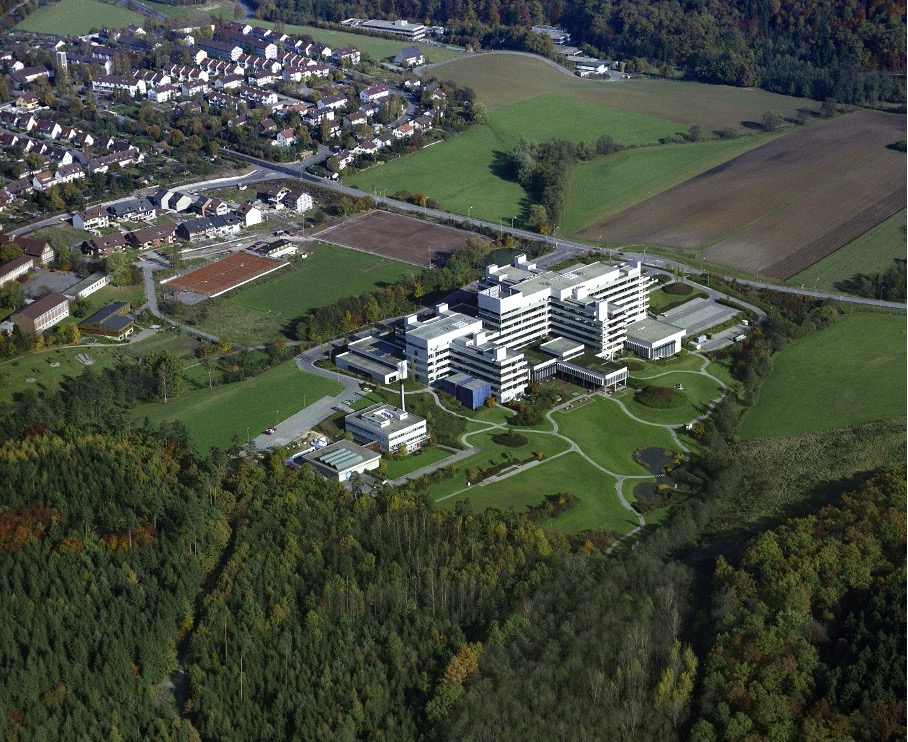
Timeline
1981: Acquisition of a Pelletron accelerator
1985: Building expansion for clean room technology
1987: First non-German-speaking scientist appointed as Director
1990: First External Scientific Member from the new federal states
Timeline
1981: Acquisition of a Pelletron accelerator
1985: Building expansion for clean room technology
1987: First non-German-speaking scientist appointed as Director
1990: First External Scientific Member from the new federal states
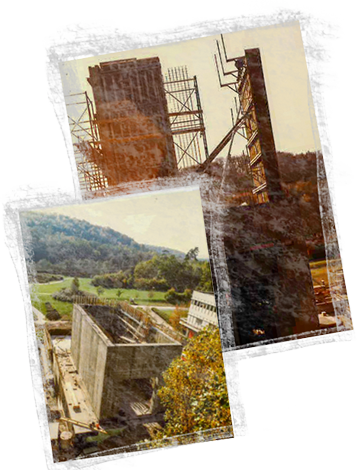
A dream comes true: the Pelletron accelerator
The researchers at the Max Planck Institute for Metals Research have long wished for a Pelletron accelerator to investigate and manipulate solids using electrically charged corpuscular beams, beams of electrically charged particles. When the MPI for Chemistry in Mainz gives up a particle accelerator of this type in 1981, the Institute in Stuttgart seizes the opportunity. With a pressure tank 8.5 metres high and a diameter of 2.5 metres, the colossal piece of equipment requires a separate building with a tower. Once this is completed in 1984, the process of installing and approving the equipment takes another two years. The Institute begins test operations in October 1986.
The pressure tank comes from a Van de Graaff generator, a DC voltage particle accelerator constructed in 1943 for the Kaiser Wilhelm Institute of Physics in Berlin-Dahlem. It was transported to Mainz in the 1950s and rebuilt there in the 1970s. At the end of the 1980s, the positron beam of the 6 MV accelerator, which was expanded in Büsnau, is the only one of its kind anywhere in the world. It is used by staff members at both MPI to conduct new experiments in the field of “nuclear solid state research”.

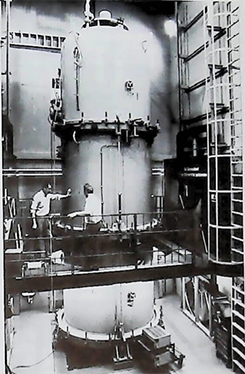
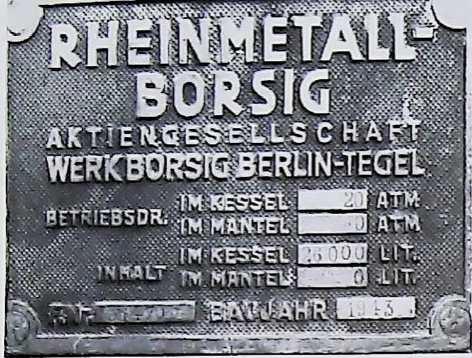
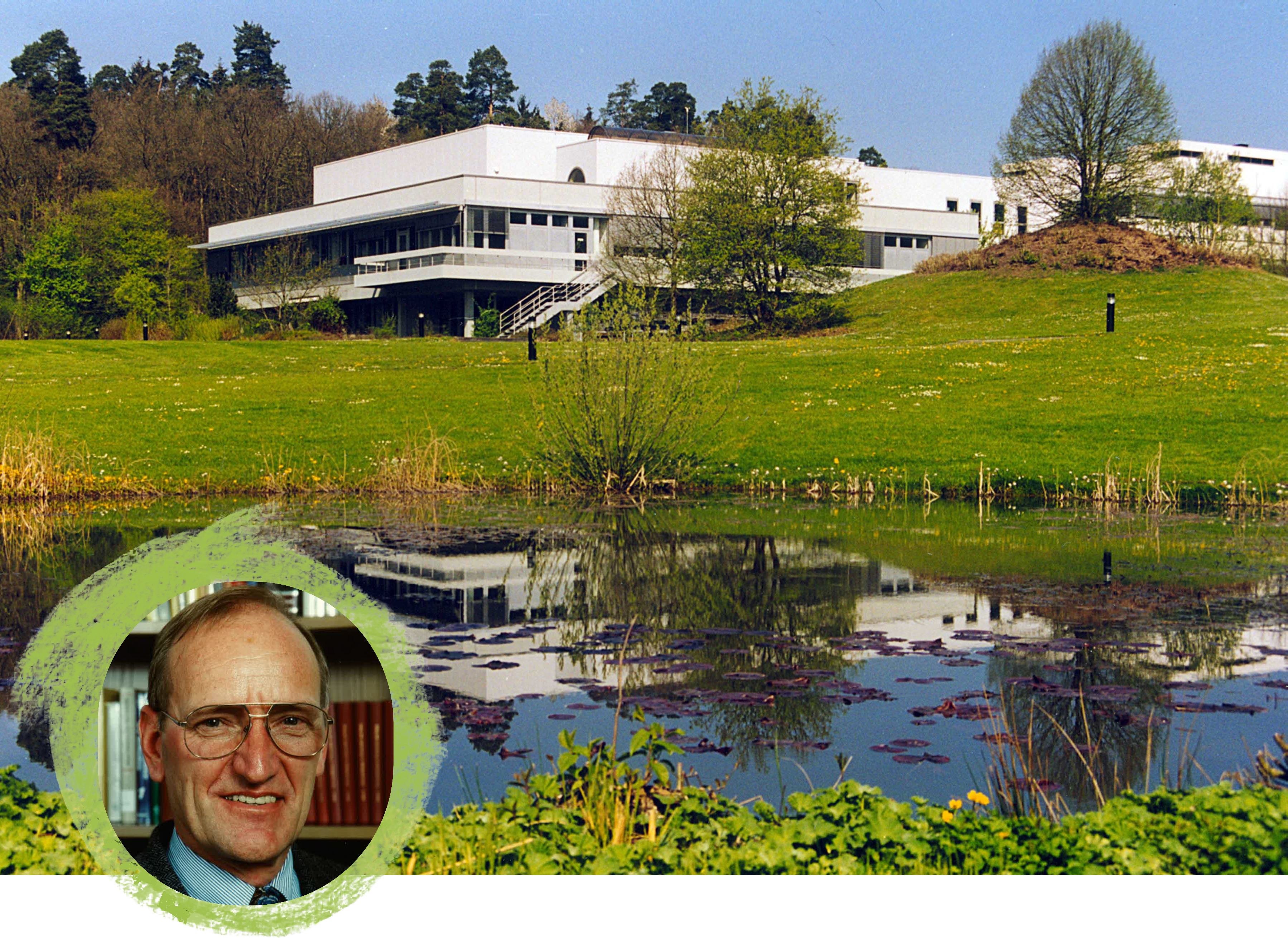
The early days of ceramics research
At the end of the 1970s, the Powder Metallurgical Laboratory directed by Günter Petzow expands its research field to encompass technical ceramics. Petzow and his team apply metallurgical knowledge and processes to a non-metallic material. The results of their basic research soon gain recognition. In 1985, the Department of High-Performance Ceramics joins forces with a number of industrial companies to carry out a separate research project enabling the knowledge gained to be put to practical use.
An extension for clean room technology is built for this purpose and opens in 1988. The success enjoyed by the Powder Metallurgical Laboratory inspires other Departments to turn their attention to high-performance ceramics. In 1987, the MPI-MF appoints Richard J. Brook, an expert in high-performance ceramics, to the Institute. He begins developing functional ceramics as a research area from March 1988. Fritz Aldinger, another expert in non-metallic inorganic materials who specializes in ceramics, is appointed a Scientific Member of the Institute in 1991.
From the world to the Ländle
The MPI for Metals Research has enjoyed international renown ever since its early days. However, most of its Scientific Members are recruited in Germany. British scientist Sir Richard J. Brook comes to Stuttgart from Leeds; he is the first researcher whose native language is not German.
That same year, Manfred Rühle returns from Santa Barbara, California, to the Institute where he worked as a scientific research assistant until 1985. In 1990, Eduard Arzt relocates from Stanford, California, to the Institute for Materials Sciences and takes the Chair for Metallurgy II/Metals Physics at the University of Stuttgart.
1990 is also the year in which Arthur H. Heuer from Cleveland, Ohio, becomes an External Scientific Member.

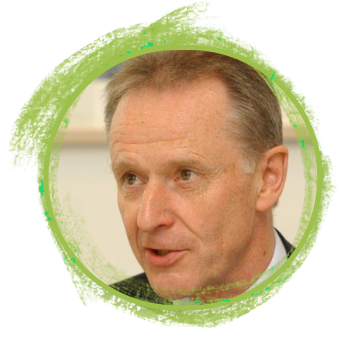
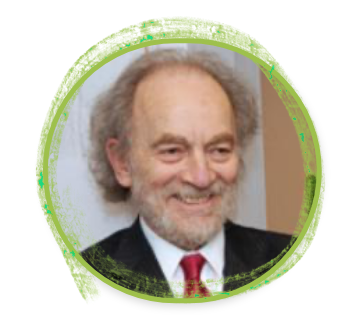
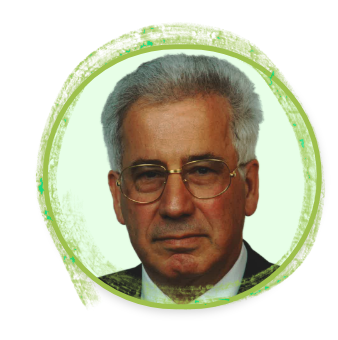
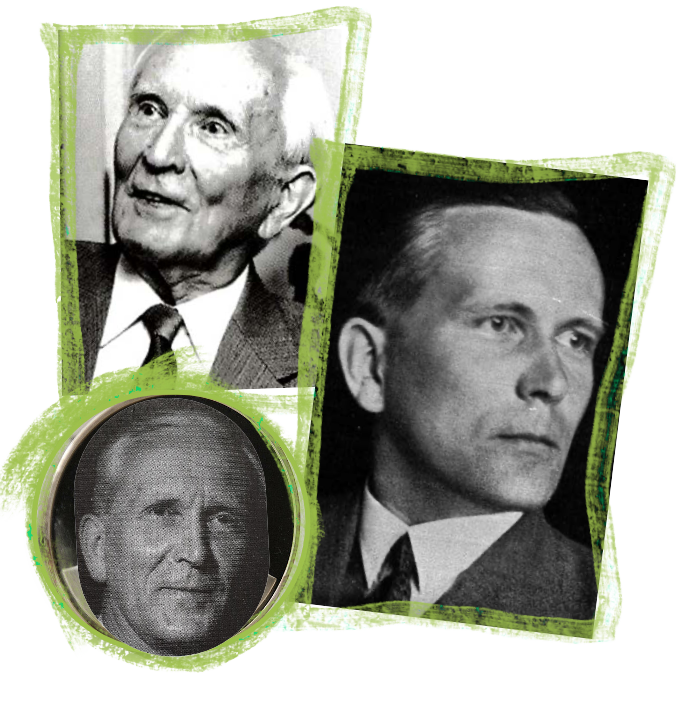
Werner Köster dies in March 1989 at the age of 92. The founding Director of the Institute in Stuttgart grew up in the German Empire, began his scientific career in the Weimar Republic, set up the Institute during the “Third Reich” and developed it further in a divided Germany. His career reflects German (scientific) history during the 20th century.
A few days before the MPI-MF bid its doyen farewell in a memorial service, history takes an unexpected turn. The opening of the border between East and West Germany on 9 November 1989 culminates in the reunification of both German republics in October 1990. One year after the fall of the Berlin Wall, the Institute appoints Johannes Heydenreich from Halle an der Saale as its first External Scientific Member from the new federal states.







